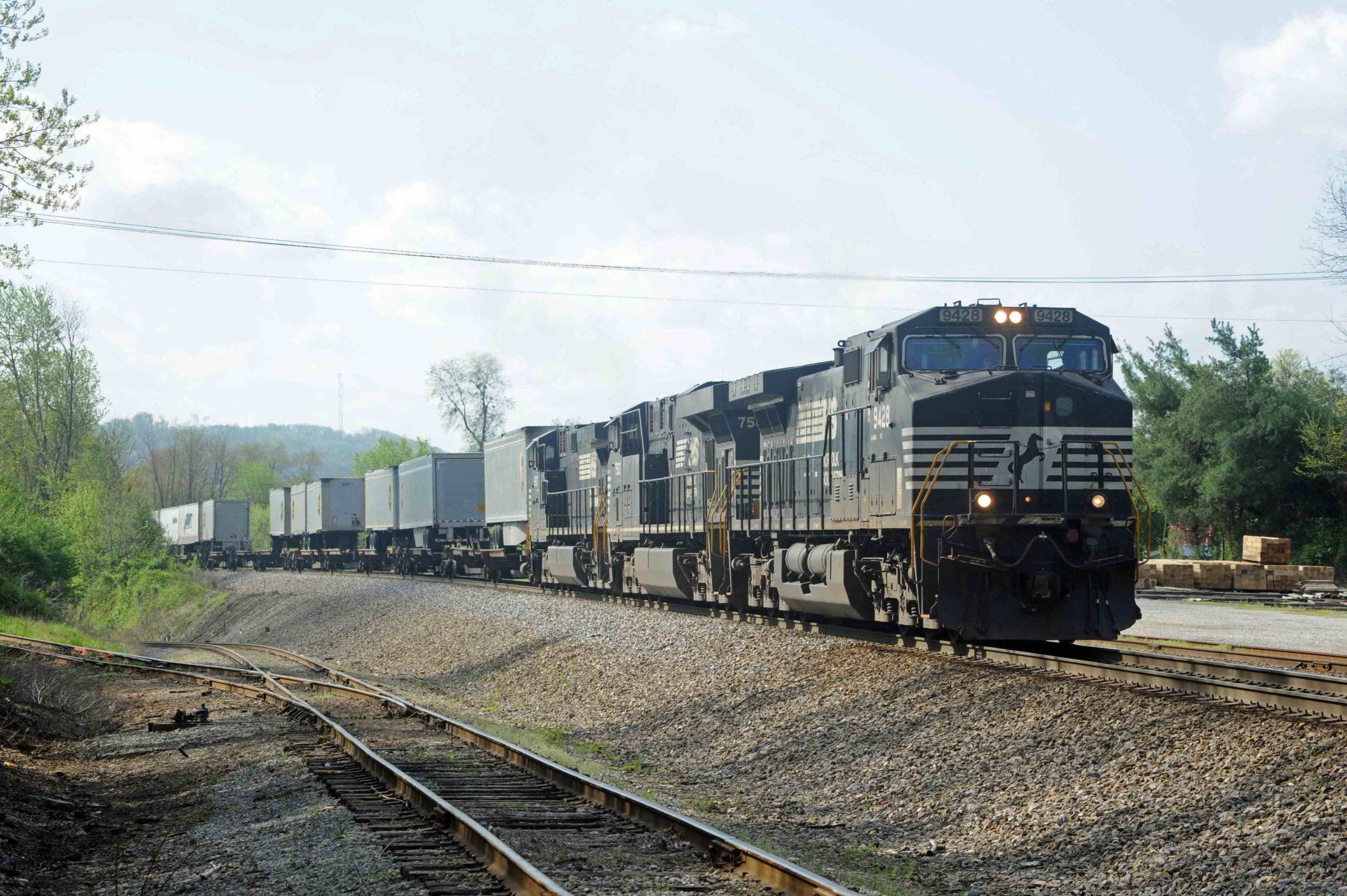Compared to the first quarter of 2018, the company anticipated lower intermodal volume due to PSR efforts resulting in Class I closings of intermodal ramps and train reroutings, along with Hunt strengthening its rate positions, McGee says. Bad winter weather in January and February, especially around Chicago, further depressed Hunt’s intermodal business. Some intermodal traffic left rails for highways, and some loads were cancelled.
“When the service began to improve, we did not see a snapback of customer demand in March, which was our biggest surprise,” McGee says.
Terry Matthews, J. B. Hunt president of intermodal, said reduced West Coast intermodal traffic stemmed from shippers earlier increasing import volumes from China to get in under the wire on tariffs scheduled to go into effect March 1. “The other thing that we’re hearing from customers is that the warehouses are full,” Matthews said, “We’ve had a very late spring and typically the restocking of merchandise did not show up in March as it has in past years.” He was optimistic of a return of intermodal traffic by the third quarter.
The biggest factor affecting the future of domestic intermodal is PSR, Matthews says. Despite lane closures in the Eastern U. S., “the service levels should go up – that’s what the railroads have been preaching – and we’re starting to see that here in the last two or three weeks, so as service levels go up, that should attract more freight to intermodal. That would be the positive part of scheduled railroading.”
Regarding intermodal’s place in the increased shipper movement toward short-haul shipping – an area where trucks have been more competitive, Matthews expressed optimism, assuming railroads, especially in the East, can meet promised service standards. “The East Coast railroads know they need to be market-relevant and I think they will understand what’s going on in the truck market.”















The current high-volume IM lanes all started as money-losing low-volume lanes. Cut-off those lanes now, and what you get is an industry with no future.
Typical problem with a mega-carrier. Inflexibility in their own services and cannot improvise like they used to when Mr. J.B. Hunt himself ran the business. Sure the railroads have had their share of troubles, but it seems like truck carriers that go beyond 5,000 trucks mentally seem to get stuck in a rut quite often and can’t seem to work out solutions to their own problems.
Paul as far as I’m concerned all unit train traffic especially intermodal in all lanes should have a 1 man crew.
This is my big concern with PSR. I’m cautiously optimistic that the practice will produce better service value for the carload, bulk and international intermodal networks.
But domestic intermodal and other premium services like produce reefer boxcars demand less circuity and faster yet still reliable running. As well as terminal expansion for growth. And doesn’t tolerate long “subtractive” drays. All of these things mean lower margins and I fear the class 1s (probably more the entities that finance them) are unwilling to invest in this business.
And because it’s a network business that benefits from aggregation, more lanes are superior to fewer in that they build traffic on the shared backbone routes. So cutting off lower density ramps is counter to that growth strategy. The better idea might have been lowering costs of the lower density legs (1 person crews for IM trains under a certain length?).